Using Lilygo T-Beam v1.1
Ok, it has been quite a while, I got 2 Lilygo T-Beam https://meshtastic.org/docs/hardware/devices/tbeam/ in 2021 during covid time, but they were sitting in the drawer. Finally install Meshtastic firmware https://meshtastic.org/ to both of the T-beam board, the firmware installation is quite a child play with the web interface, as a firmware guy, it is too simple so cannot complaint, just go to this page https://flasher.meshtastic.org/ from your web browser (mine is Chrome), the rest is self-explaining. I connect the T-Beam micro-usb to my Win10 laptop, COM port on my machine is COM5, your might be different.
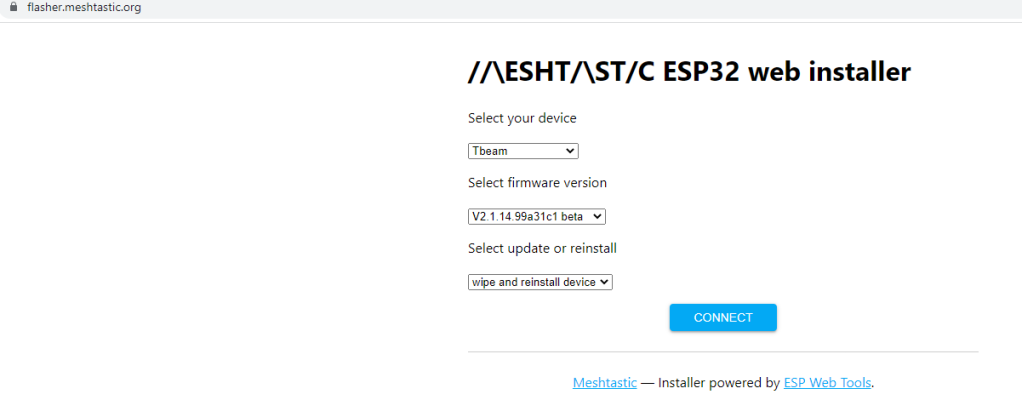
I heard about LoRa for quite sometime so while working on a 5G-NR radio, I said what a heck let see what LoRa really is and how much fun we can learn by tinkering with the available hardware that are laying around.
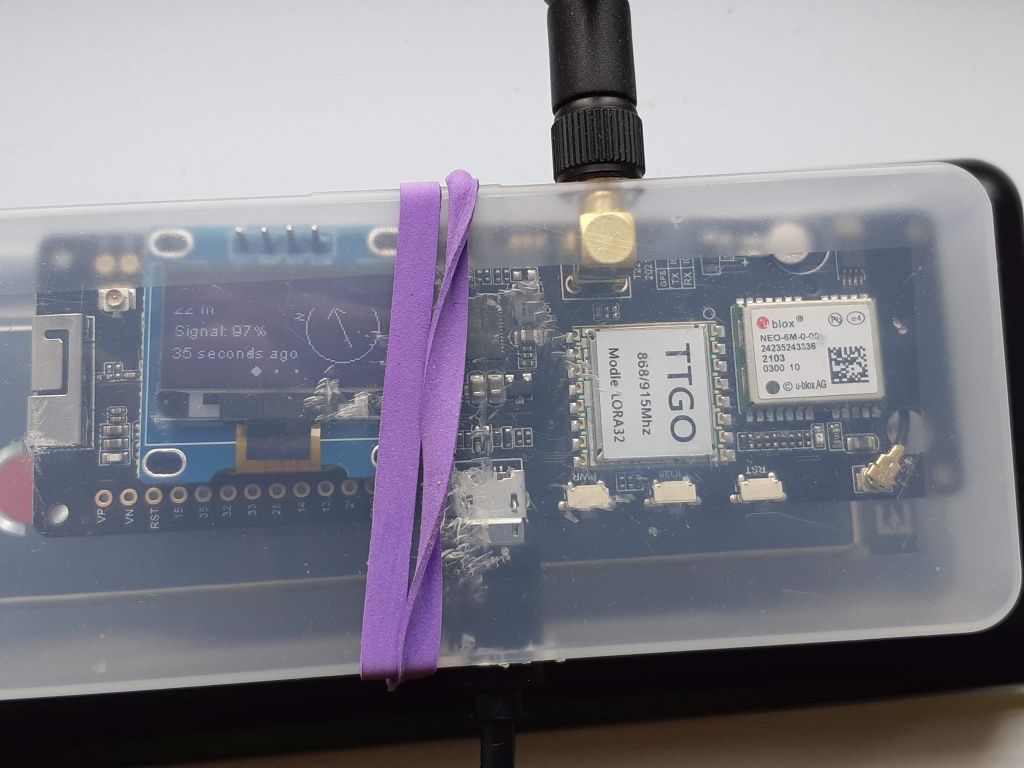
I want mostly try the off-the-grid texting feature, this is quite cool to have a texting system quite long range that runs autonomously. I tested with my phone Samsung A8, Samsung tablet and web version on a Windows 11 laptop, I am very pleased with the result. For phone and table I just simply install Meshtastic from the Appstore.
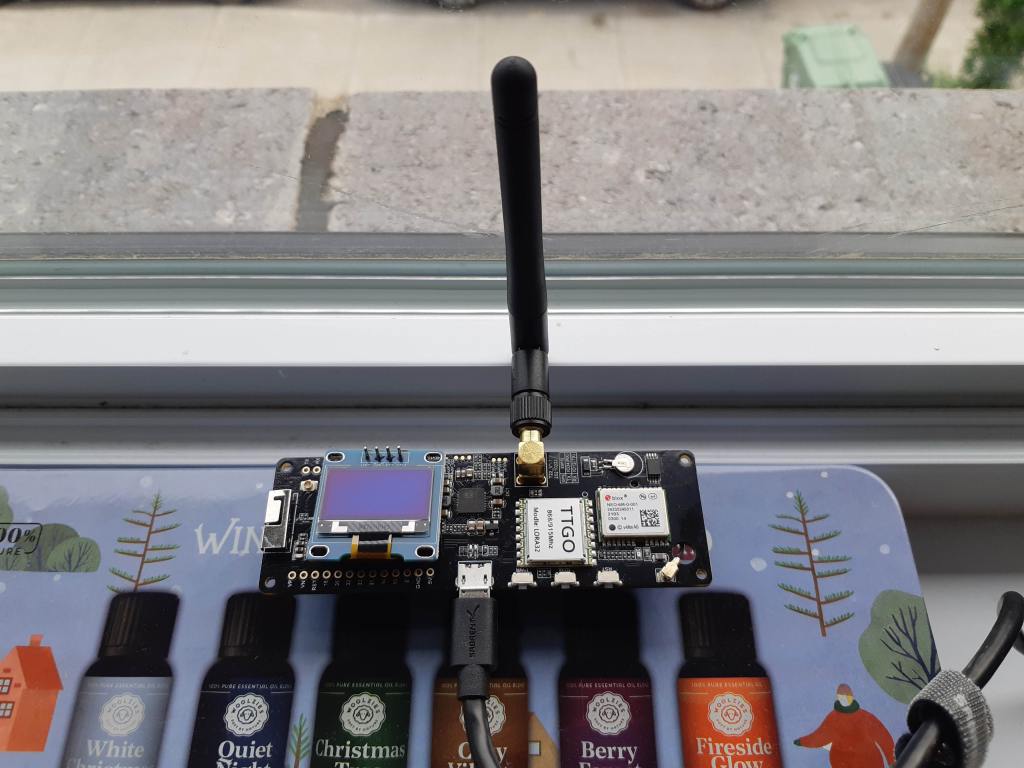
For a simple “long range” test, I just put one T-beam by the window and just walk around the neighborhood and texting back my location, the neighborhood is a city dense environment, le radio is on the 2nd floor, the longest distance is 544m, very good since it is not line-of-sight, tons of building/apartment’s separating the two radios. I am using the radio setting Long-Fast for this test.
While watching a Youtube from Meshtastic to improve range https://youtu.be/V3f-Y3EfsBU, I found out the stock antenna that came with the T-Beam is not a good one based on the NanoVNA measurements, I think I bough this NanoVNA sometime ago.
I am also impress with the on-board GPS, which is a module NEO-6M, the GPS update is quite accurate as I walked around the neighborhood.
One little quirk, no sure it is me or not, I was not able to connect 2 devices to the same T-beam Bluetooth simultaneously, the whole idea is the T-beam serve as “base station” to link up with the mesh of Meshtastic devices. Maybe I miss something, more to come.
I am so happy with the result I bought 2 more Lilygo Lora, a T-beam and a Lora32 (without GPS) to expand my experimentation.
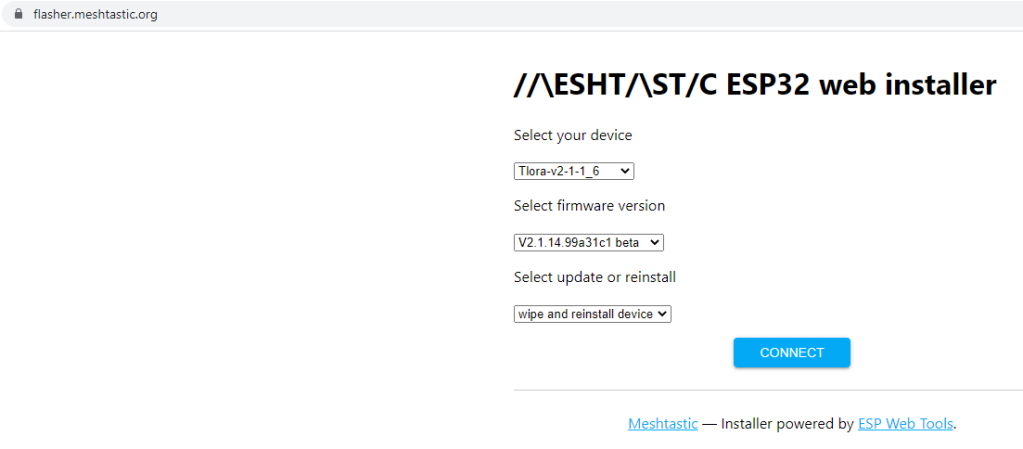
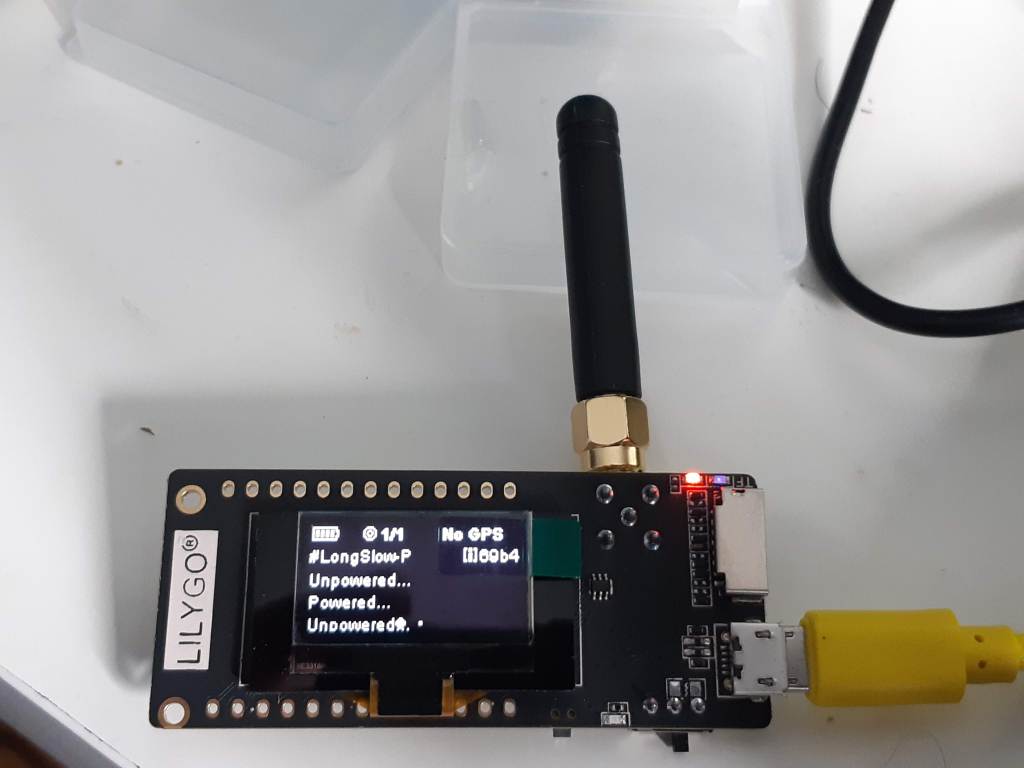
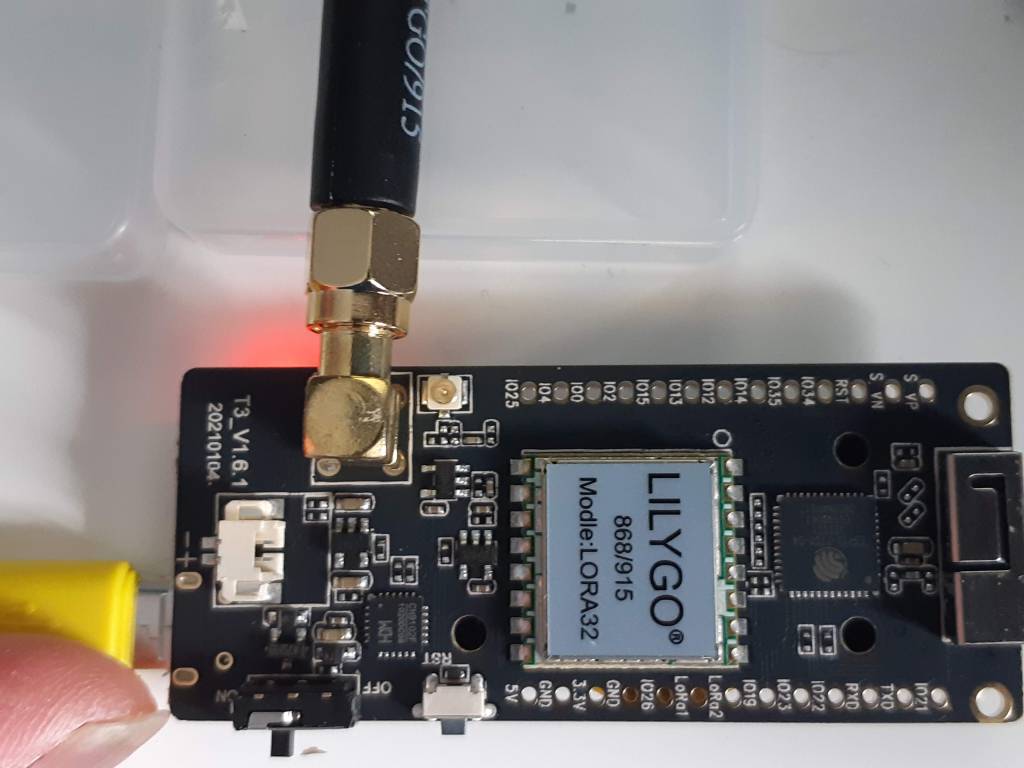
I saw a Youtube where they integrate ATAK app to use Meshtastic, not sure if ATAK is useful but it can worth a test.
It could be very useful outdoor communication in location where mobile coverage is not present like national parks. If we can text while on the lake that would be nice, bonus is location provided by GPS.
LoRa Modulation Magic
Or how to decode a symbol that is below the noise floor, yes that is possible, there is this excellent video explaining all the mathematic behind LoRa modulation https://youtu.be/jHWepP1ZWTk for sure it is not for people who are not keen into signal processing mathematics, but for those who are, it is a very nice video with the Matlab code to generate a LoRa symbol signal and the demodulation of this, the author shows how the actual magic happens to retrieve the symbol where the signal is under the noise floor, i.e. SNR is negative!
More in deep of LoRa phy can be found here from this presentation Decoding the LoRa PHY (33c3) https://youtu.be/NoquBA7IMNc it is heavy stuff, the presenter had to reverse engineer the PHY based on little information available.